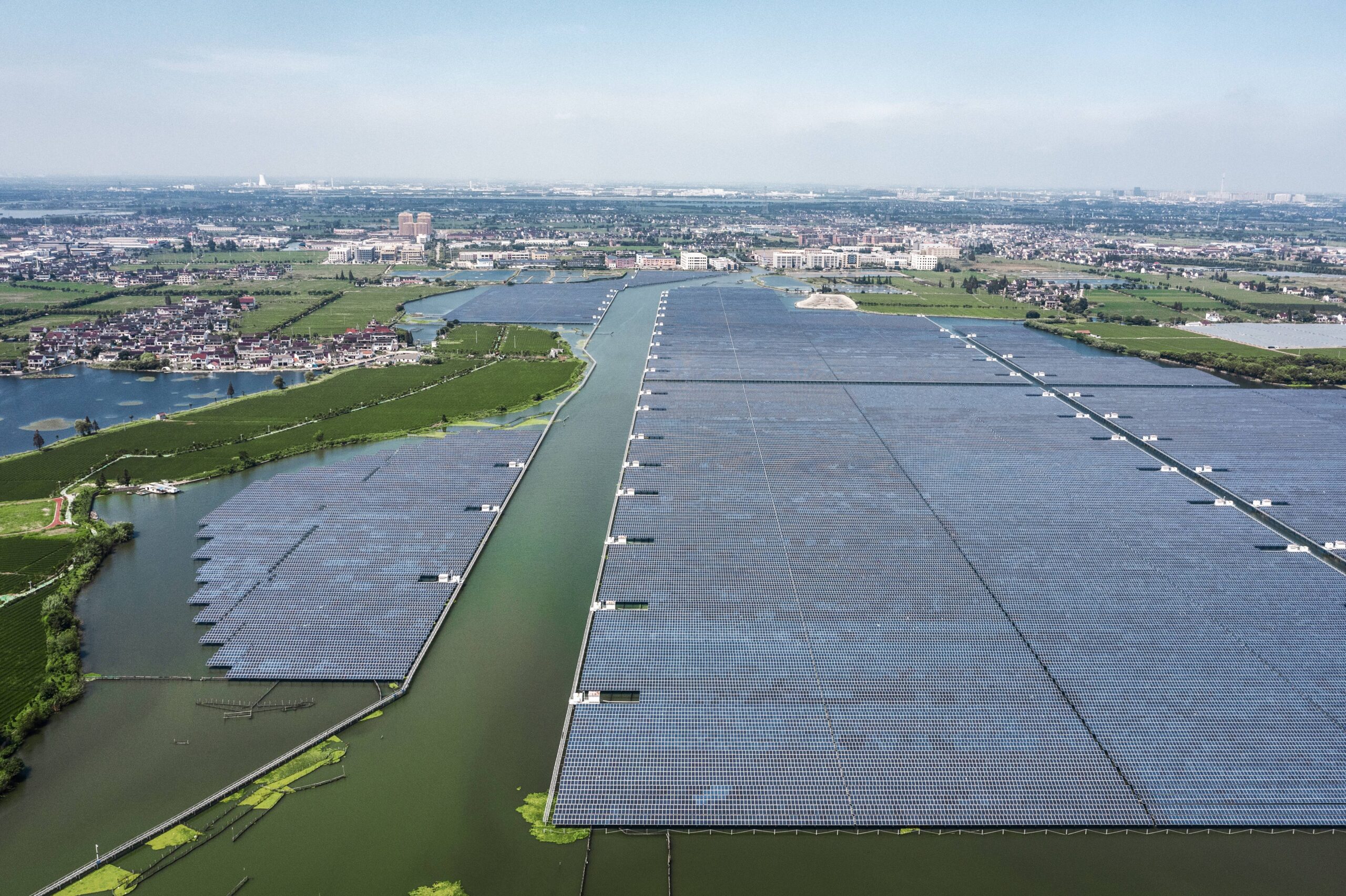MBSE for experiences and sustainability

Our customers at Siemens Software are being challenged every day. There are many global trends that are driving their requirements and sometimes forcing them to take drastic action to achieve them. Whether it is the adoption of circular economies and the widespread movement towards sustainability in building more effective, sustainable products or the trends we have discussed previously on Model Based Matters around electrification and automation, a more comprehensive digital solution is required. To discuss this continued need for better solutions, I sat down with our MBSE strategy expert – Tim Kinman – in another one-on-one episode of Model Based Matters. For the full conversation, make sure to take a listen. But if you are looking for the highlight from the first part of our conversation you’ll want to keep reading here.
What it means today
For many of our customers today, making many different kinds of products, a key value of a digital and organized workflow with MBSE is the ability to make actionable decisions as information is collected on the product and processes. An automotive customer, for example, working on new experience-oriented products will find high value in capturing the tastes of customers as quickly as possible to implement them for the next iteration and even push the changes as an over-the-air software update. Time has a real financial value for many of these companies and delivering the best solution faster, even while dealing with the complexity of these new products, is a large business advantage.
Requirements for tomorrow
Though experience-oriented products are increasingly common for businesses, requirement sets around sustainable business practices are starting to cover every sector around the globe and harnessing these requirements can be achieved with similar MBSE solutions. It starts with identifying the relevant metrics for success – they may include carbon emissions to meet regulatory standards, material sourcing to match customer values around extraction, or any number of traceable points of data from the early concept design to the usage life of the product being developed. The product is then designed to balance these requirements with more traditional metrics around cost, quality, and time to deliver a profitable and sustainable product to the customer.
Validating success
Establishing requirements and developing a product to them theoretically puts a project on the right path, but with often thousands of interconnecting pieces between engineering domains (mechanical, electrical, electronic, and software) as well as the vast supplier networks many businesses employ, these decisions need to be validated that they are the right ones. For simple systems this might be handled exclusively with physical testing or simulation environments to characterize the system of systems, but sustainability has too many variables to accurately represent the system in any reasonable amount of time. Instead, existing physical data needs to be combined with comprehensive simulations in the digital twin to create the models associated with MBSE. These models act as a stand in of the actual product to iterate faster and validate changes to the systems to not adversely impact the requirements of the system.
A “new” form of IP
The models created as part of model-based systems engineering are not really new intellectual property, in some cases it was already present in a business through the collective understanding of the employees. Instead the digitalization of these models is what is new, it provides a pathway to reuse, iteration, and longevity of this valuable understanding of the product. This is why the MBSE methodology and the digital twin technology are so intertwined – while they can exist separately, their synergy is too valuable to ignore for increasingly complex products and enterprise networks. And to create these comprehensive digital twins with an MBSE methodology without reusing the work to refine solutions and accelerate development would be a missed opportunity in gaining a competitive edge in any given industry.
New and old for the future
Possibly the biggest take-away from my discussion with Tim Kinman on where MBSE is going was how it combines existing processes with the power and agility of new and digital ones to accelerate development for the products of today and tomorrow. Systems engineering has been around for decades, and so have digital development tools like CAD. But combining these with the computational power of today, with the software understanding and existing domain knowledge the future can be built today. And maybe more importantly for the future, it can be done with sustainability in mind – making sure the businesses, their customers, and the rest of the world can continue to prosper well into the future. But that is my take-away, after having some time to ruminate over the last month. I would highly recommend you check out the full tenth episode, and maybe even tune into episode eleven if you want to learn more. And if you would rather read through information on MBSE, don’t forget to stop by our topic page.
Siemens Xcelerator, the comprehensive and integrated portfolio of software and services from Siemens Digital Industries Software, helps companies of all sizes create and leverage a comprehensive digital twin that provides organizations with new insights, opportunities and levels of automation to drive innovation.
For more information on Siemens Digital Industries Software products and services, visit siemens.com/software or follow us on LinkedIn, Twitter, Facebook and Instagram. Siemens Digital Industries Software – Where today meets tomorrow.


